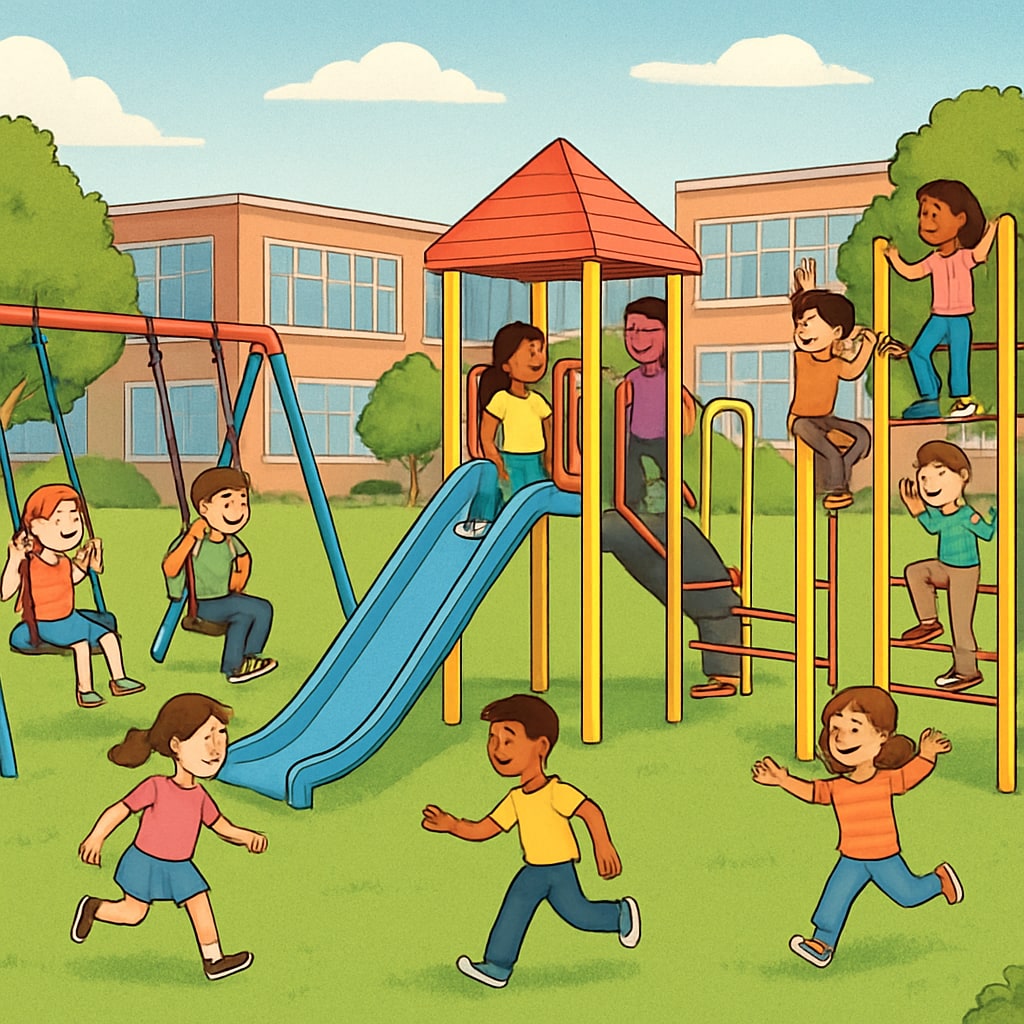When discussing “school relocation, campus experience, and elementary school memories,” one cannot overlook the dramatic effects that changing physical environments may have on young students. Imagine an elementary school temporarily moving to a high school campus and relying on trailer classrooms (portable classrooms) for instruction. While such relocations are often unavoidable due to renovations or construction, these shifts raise important questions about how they influence children’s learning experiences, social interactions, and overall childhood memories. This article delves into the impact of these transitions and explores ways to ensure children can still enjoy a fulfilling and memorable elementary school journey.
Adapting to a Non-Traditional Learning Environment
Elementary school students are accustomed to vibrant, child-centered spaces designed to foster exploration, creativity, and a sense of belonging. When schools relocate to temporary facilities, such as trailer classrooms on high school campuses, this environment often changes significantly. High school campuses, with their larger buildings and older students, can feel intimidating to young children, while trailer classrooms may lack the colorful, stimulating design typically found in elementary schools.
However, children are remarkably adaptable. Studies suggest that while physical spaces do play a role in shaping educational experiences, the quality of teaching and peer relationships can often compensate for less-than-ideal surroundings (Educational Psychology on Britannica). Teachers and school staff can take proactive steps to create welcoming spaces within these temporary classrooms by incorporating age-appropriate decorations, interactive learning tools, and structured routines that mirror the familiarity of traditional school settings.

Potential Challenges in Social and Emotional Development
Relocating elementary school students to a high school campus can also affect their social and emotional development. Being surrounded by older teenagers may make younger children feel out of place or overwhelmed. Additionally, the temporary nature of trailer classrooms might lack the permanence and stability that many children need during these formative years. Concerns about isolation and reduced opportunities for play, which are crucial for elementary-aged children, often arise in such situations.
To mitigate these challenges, school administrators and parents should prioritize maintaining a sense of community for the children. Organizing fun, age-specific activities, ensuring access to playgrounds or outdoor spaces, and fostering peer support groups can help children feel secure and connected despite the unfamiliar environment (Child Development on Wikipedia). Schools can also collaborate with parents to address individual concerns and provide emotional support during the transition period.

Creating Positive Memories Despite Challenges
While temporary classrooms may not match the ideal vision of an elementary school environment, they can still serve as the backdrop for meaningful and positive childhood memories. Teachers and staff play a pivotal role in shaping these experiences by fostering creativity, encouraging teamwork, and introducing engaging learning projects. For example, activity-based learning and collaborative group work can help children focus on their tasks and build friendships, diverting attention away from the temporary nature of their surroundings.
Parents can also support their children by emphasizing the adventure and novelty of the relocation. Framing the experience as a unique opportunity to learn in a different setting can spark curiosity and excitement. Sharing stories from their own childhoods about overcoming challenges may inspire resilience in children and reinforce the idea that their school memories are not solely defined by the physical environment.
How Schools Can Make the Transition Smoother
Schools facing relocation should develop comprehensive strategies to minimize disruption to their students’ experiences. Some actionable steps include:
- Designing temporary classrooms to resemble traditional elementary spaces with bright colors and interactive displays.
- Ensuring access to outdoor play areas to maintain physical activity and social engagement.
- Offering consistent communication with parents to address concerns and provide updates on relocation timelines.
- Organizing community-building activities to help children form connections and feel supported.
- Providing professional development for teachers to help them adapt their teaching methods to the temporary environment.
By taking these steps, schools can help children make the best of their temporary surroundings while preserving their enthusiasm for learning and discovery.
In conclusion, while temporary classrooms and school relocations may initially seem like a disruption, they also offer an opportunity to teach children resilience and adaptability. With thoughtful planning and support from teachers, parents, and administrators, students can thrive in these unconventional settings and create cherished elementary school memories that will last a lifetime.


